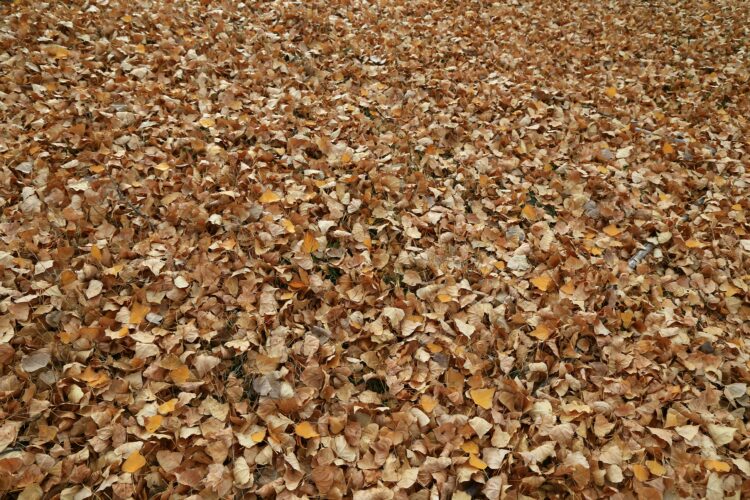
Clematis are beautiful flowering plants that can enhance the overall aesthetics of your garden. They are easy to grow, and plants look beautiful outdoors, especially on the window frames. If you are planning to add them, here are six tips to grow and four tips to maintain Clematis.
Choose The Right Location

When planting Clematis or any other flower, choosing the right location is necessary. Clematis generally need a good amount of sunlight, typically 6 hours daily. Exposure to sunlight is necessary to promote healthy growth and more flowers. However, their roots prefer shade; thus, planting low-rise shrubs around them is recommended.
Proper Soil Conditions

Clematis prefer well-draining soil that can allow water to pass through. They cannot deal with water logging, especially in the roots or they will rot within no time. These flowering plants grow in slightly alkaline soil conditions, thus adjusting the pH of the soil if necessary. This will help your Clematis grow strong and bloom beautifully.
Support Structure

Clematis plants love to climb, so they need something sturdy to hold onto as they grow. Adding a trellis, arbour, or any kind of support will not only help them stay healthy but also show off their flowers better. It is like giving them a stage to perform on, making your garden look even more beautiful.
Regular Watering

When growing Clematis, make sure you keep the soil moist consistently. When watering, do it deeply to ensure root development, as shallow watering can result in shallow roots. Doing so is crucial, especially during dry spells. However, avoid overwatering and take care of water logging.
Mulching

Apply a layer of mulch around the base of the Clematis. This process during the growing phase of the plant is extremely crucial. Mulching basically helps regulate temperature, retain moisture, and control weed growth. It also helps in adding a layer of protection around the roots.
Pruning

Clematis need pruning. However, different varieties have different needs. Some flower on new growth, while others bloom on old wood. Understand the specific variety you have and find out the right pruning approach. Pruning time is also crucial, usually late winters and early springs for those varieties that bloom on new growth. Now, here are four tips to help maintain Clematis.
Prune Wisely

Pruning helps maintain a healthy and aesthetically Clematis plant, especially when it starts flowering. Removing dead or damaged stems encourages new growth. To prune wisely, regularly inspect your Clematis for any brown stems or ones with diseases and trim them. Use a sharp, clean pruning tool to make clean cuts at a 45-degree angle.
Fertilize Sparingly

Fertilization is a crucial step in growing and maintaining plants. To maintain the growth and health of Clematis, fertilize it without overstimulating excessive foliage. With Clematis, avoiding an overabundance of nitrogen is crucial. Choose a slow fertilizer with an N-P-K ratio (nitrogen, phosphorus, potassium) of 10:10:10. Try fertilization during the early spring season.
Pest Management

Another crucial tip to maintain Clematis is ensuring pest management. Pests, like aphids, can damage Clematis, so treating them ensures the overall health of the plant. Routinely inspect the plant for signs of pests on the undersides of leaves and along stems. For pest management, use natural predators like ladybugs. Neem oil and insecticide solutions are also effective.
Winter Protection

Clematis are susceptible to winter damage, and thus, protecting them, especially in harsh weather, is important. Try to apply a layer of organic mulch around the base of the plant. Start by laying down a cosy blanket of organic mulch around the base of your plant. This keeps the roots warm and safe from the freezing chill.

Comments
Loading…